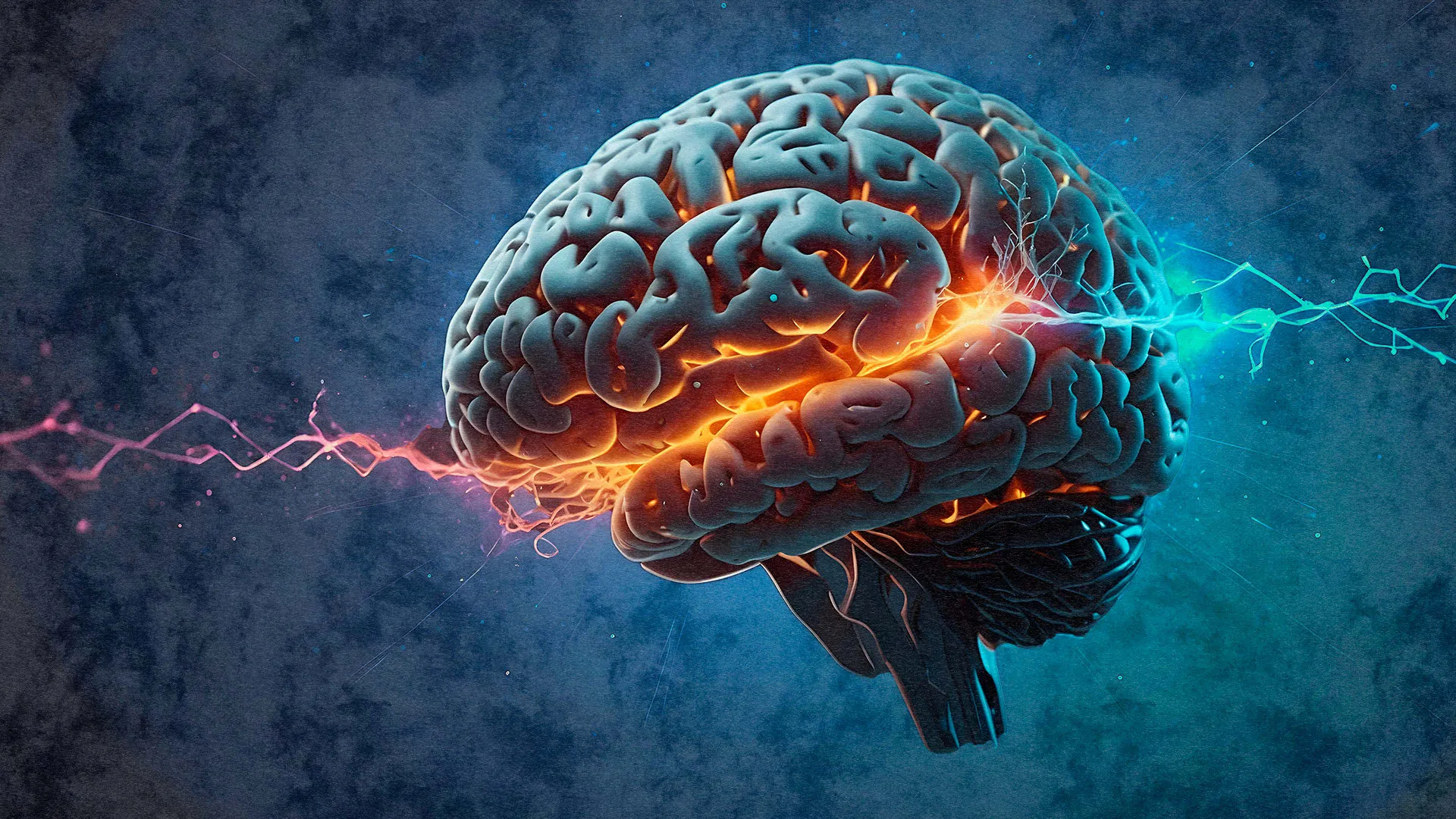Unlocking Communication with Brain-Computer Interfaces and AI for ALS Patients

Understanding Brain-Computer Interfaces
Brain-computer interfaces (BCIs) are ground-breaking technologies forging new paths for communication for paralyzed individuals. By recording and interpreting brain signals, these interfaces help users regain lost functions and can express thoughts through text.
AI and Neural Signal Decoding
Advanced machine learning models play a pivotal role in translating brain signals into understandable language. These models analyze complex brain activity to produce coherent words and sentences, effectively enabling individuals with ALS to communicate.
- Neural activity is captured from brain signals.
- Phonemes are decoded to construct words.
- AI enhances the accuracy and reliability of speech generation.
Real-world Applications
Using this technology, individuals like Casey Harrell, a man with ALS, can now
This article was prepared using information from open sources in accordance with the principles of Ethical Policy. The editorial team is not responsible for absolute accuracy, as it relies on data from the sources referenced.